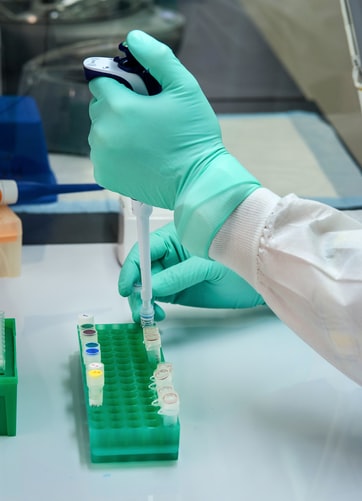The Data Collection and Confidentiality Committee of the American Society of Clinical Pathologists set the CDISC standards for clinical research on patients with cancer. The CDISC standards apply to all of the information that researchers collect from cancer patients. These include tumor biopsy specimens, imaging data, blood test results, pathology reports and the reporting of results to the patients and their family. CDISC also establishes the requirements for the protection of all personal information that is collected and stored by investigators. These requirements now apply to all of the clinical studies involving humans and are called the International Standard for Environments and Safety Assessment (ISASA).

How Are CDISC Standards Used?
The focus of the CDISC standards for cancer clinical research is two-fold: ensuring the protection of all patient information and the quality of the statistical analysis that is performed on this information. The second aspect concerns the identification and evaluation of the control or underlying protocol or control plan. In setting the standards, the committee looked to the protective advantages of establishing a well designed and managed two-stage data exchange. This means that there must be a well defined set of benchmarks to be used to compare the performance of the two sets of metrics and that the comparison should be statistically significant. The benchmarking procedure and its relation to the other aspects of the framework are also considered in determining the set of CDISC standards for cancer clinical trials.
The criteria for the setting of CDISC standards for clinical trials are based on the idea that research designs should provide enough information to allow the investigators to make an informed decision about the treatment of patients with cancer. While the standard focuses on the protection of the data from leaks, misidentification, or fraudulent use, it does not require that investigators develop and maintain efficient data handling systems. The standards allow for the use of appropriate and reliable data exchange formats, including encrypted electronic health records (EHRs) and content models that are resistant to tampering or destruction. The focus of the guidelines is on maintaining the integrity of the entire methodology, not just specific parts of it.

Further Development
It has been suggested that the mapping procedure should include the creation of a master repository that would contain the mapping of all research data. Mapping according to the CDISC guidelines is done by both authors and reviewers alike. Maps are typically sent to reviewers via electronic mailing, and if requested, reviewers can also download the maps directly from the CDISC website. The data quality standards of the guideline require that the reviewer is able to verify that the electronic map matches the accuracy and quality of the original data.
There is a distinction between two types of mapping that are included in the CDISC data standards: wet and dry. Wet measurements refer to those that involve the detection and recording of biological, chemical, or physical data during the experimental procedure. Dry measurements refer to those that do not involve the acquisition of any data, such as blood samples taken during a routine clinical procedure. The documentation for each type of measurement is provided with the guidelines for each type of method involved in the study. If it is determined that the wet methodology is required for a particular study, a description of the wet methods should be included within the study protocol.

Final Parts Of Clinical Trials
The final component of the CDISC guidelines is the operational data model. Operational data models represent the actual operational procedures, such as the laboratory workflow or data collection logs. The metadata standards of the CDISC ensure that the data models are consistent and accurate, and provide for the protection of the data sources as well as the procedures used in the laboratory. Metadata standards are used to associate a key performance indicator with each individual metric, so that metrics can be compared between models.